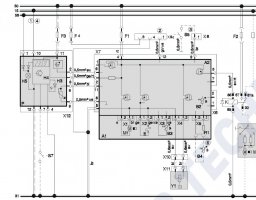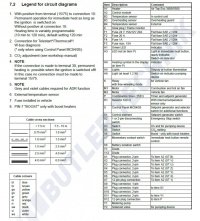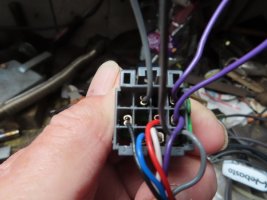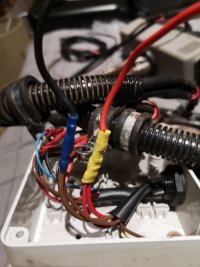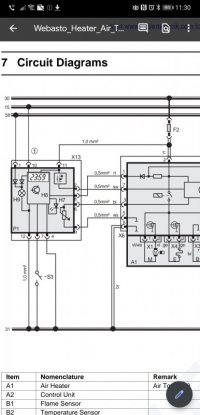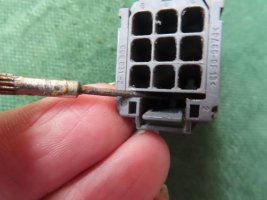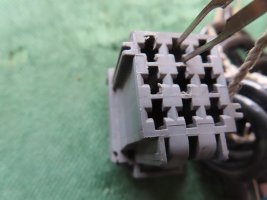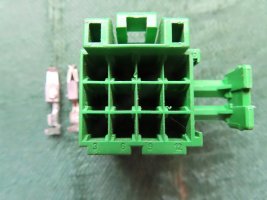Hi,
I've seen plenty of knowledgeable Webasto info on this forum, and so hope someone may be able to help:
I have inherited an Air Top 2000 d (with diagnosis) with a combination timer (88206A) that has a number of pin connections that are not as described in the service manual, and I have been unable to find info on why they may be like that.
Specifically there is a red/brown cable going to pin 7, there is a jumper wire (red) between pins 10 + 11 and the brown wire that is meant to share 12 with the other jumper wire is actually going into pin 4 (maybe thats fine, as these pins are connected with the jumper anyway).
Image attached.
Has anyone come across info on what every one of these pins relates to, and not just the ones that are factory connected?
Thanks in advance,
Jez
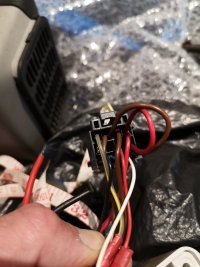
I've seen plenty of knowledgeable Webasto info on this forum, and so hope someone may be able to help:
I have inherited an Air Top 2000 d (with diagnosis) with a combination timer (88206A) that has a number of pin connections that are not as described in the service manual, and I have been unable to find info on why they may be like that.
Specifically there is a red/brown cable going to pin 7, there is a jumper wire (red) between pins 10 + 11 and the brown wire that is meant to share 12 with the other jumper wire is actually going into pin 4 (maybe thats fine, as these pins are connected with the jumper anyway).
Image attached.
Has anyone come across info on what every one of these pins relates to, and not just the ones that are factory connected?
Thanks in advance,
Jez


